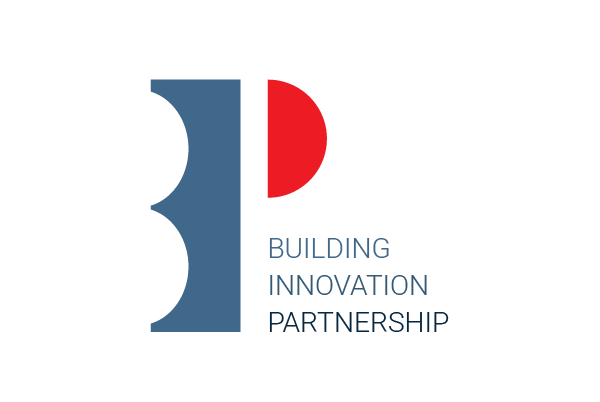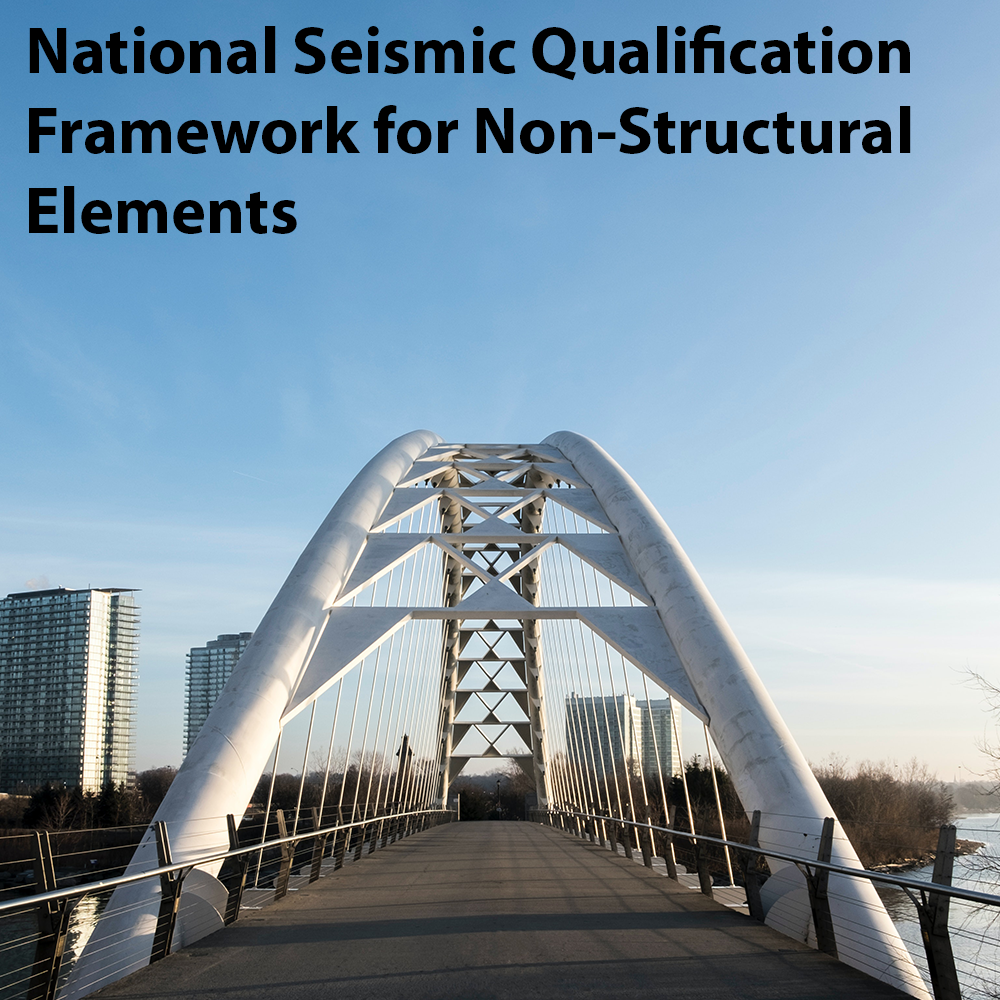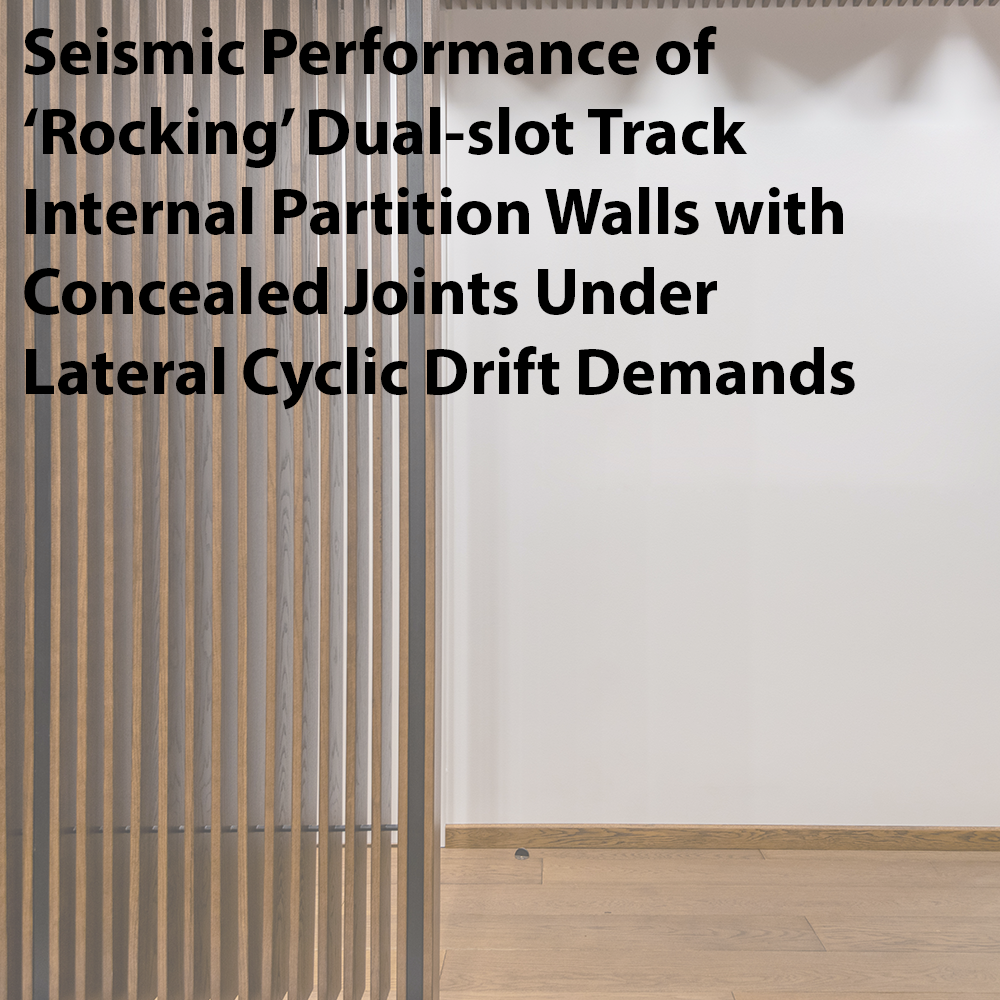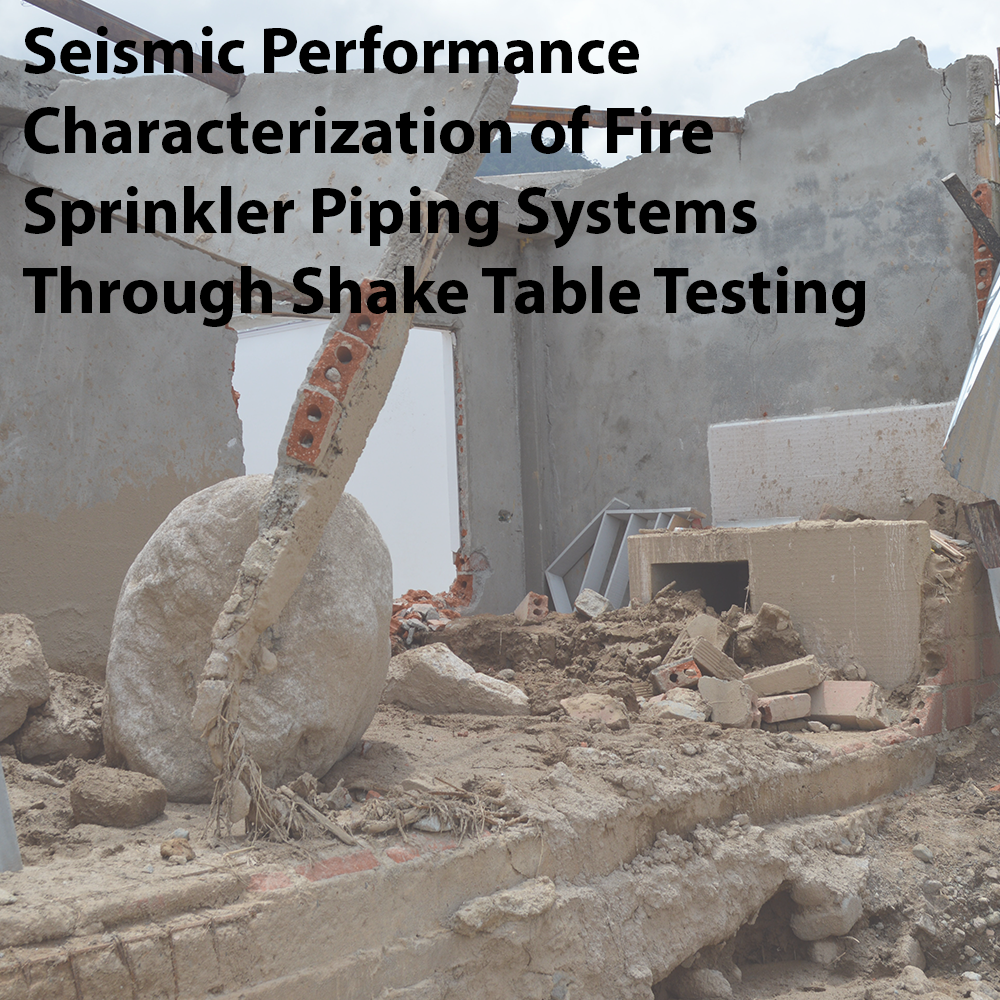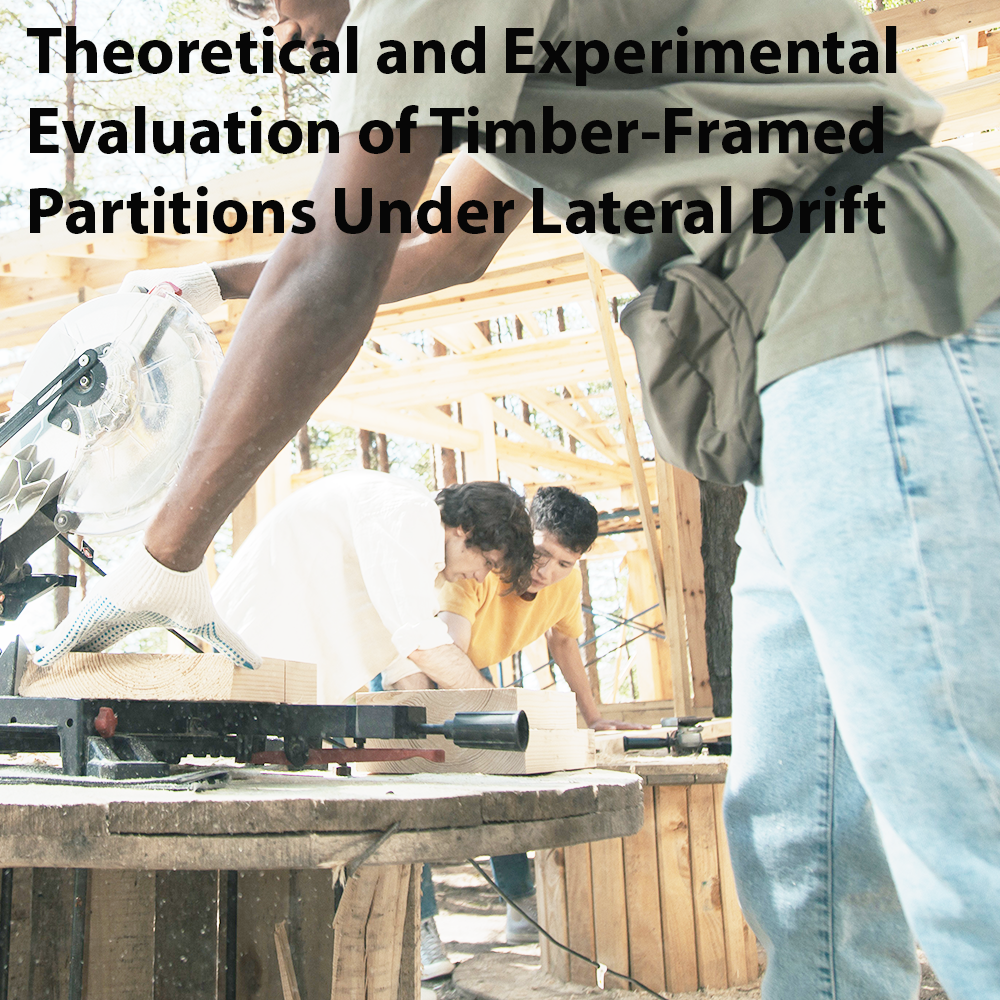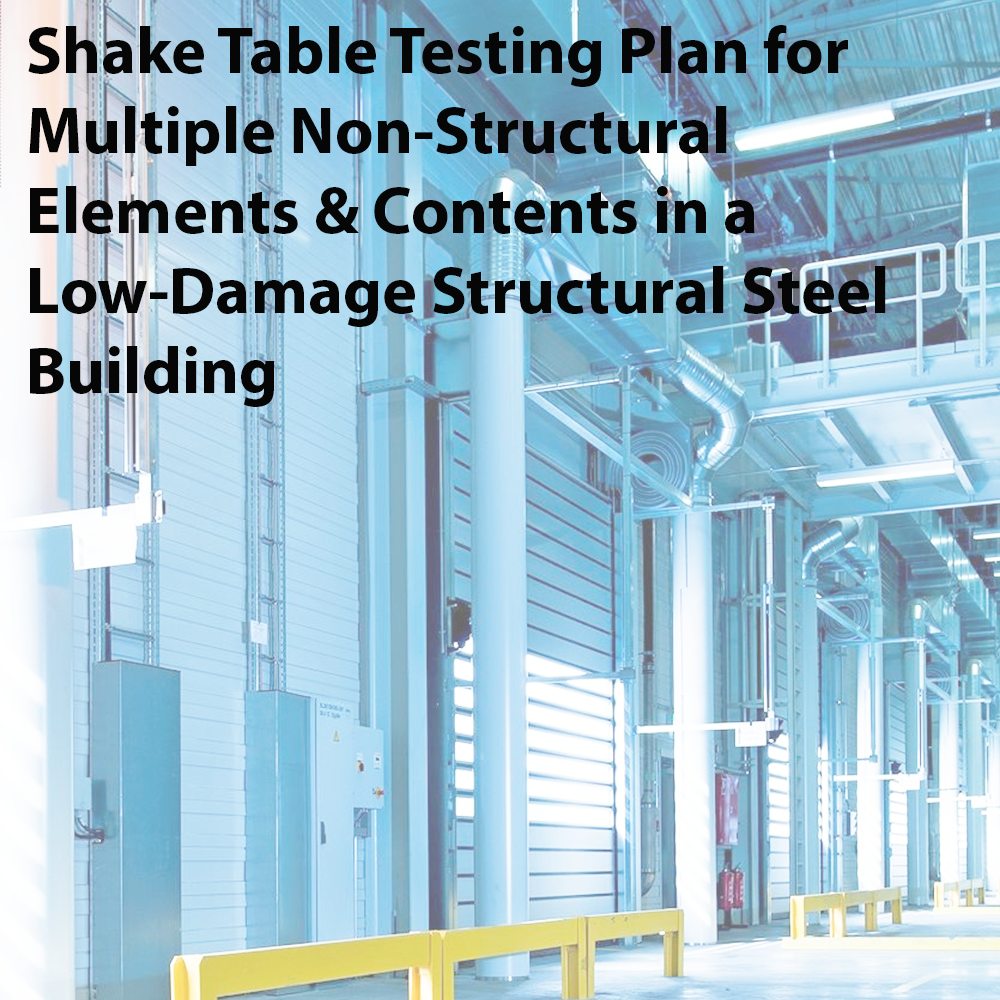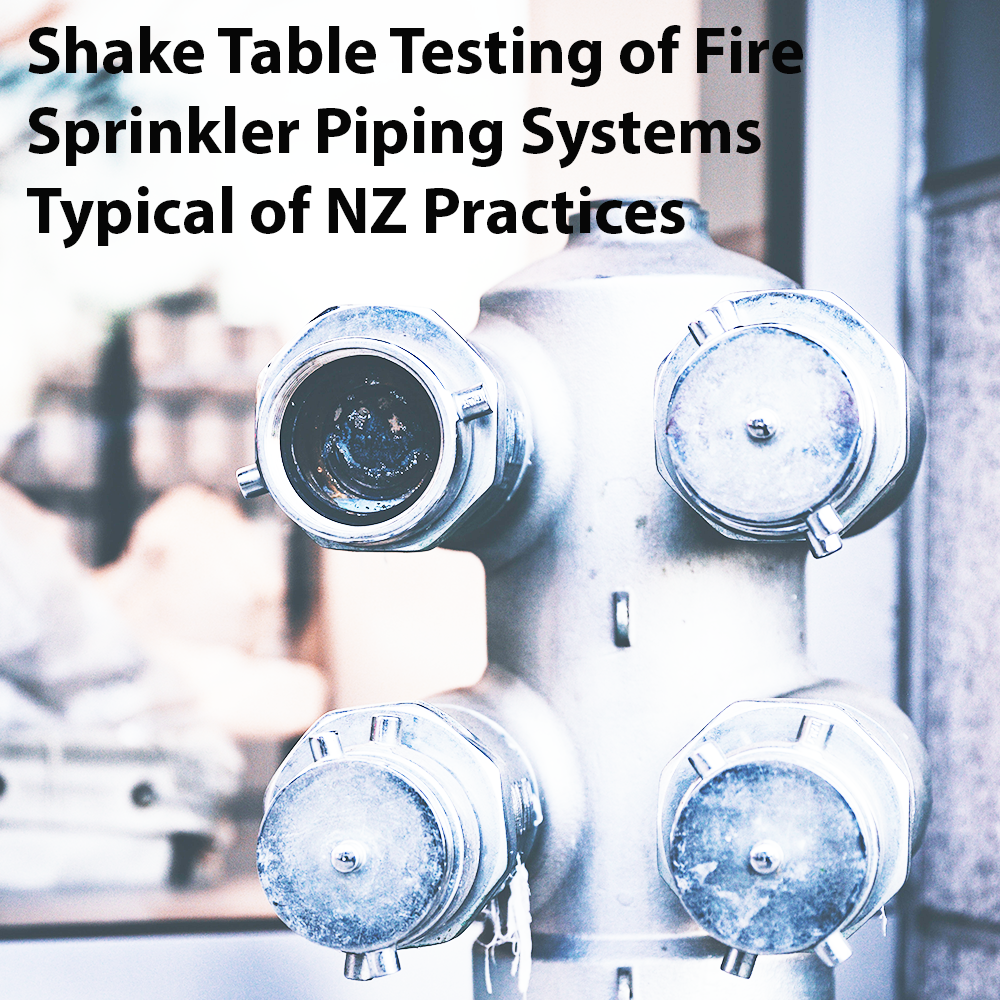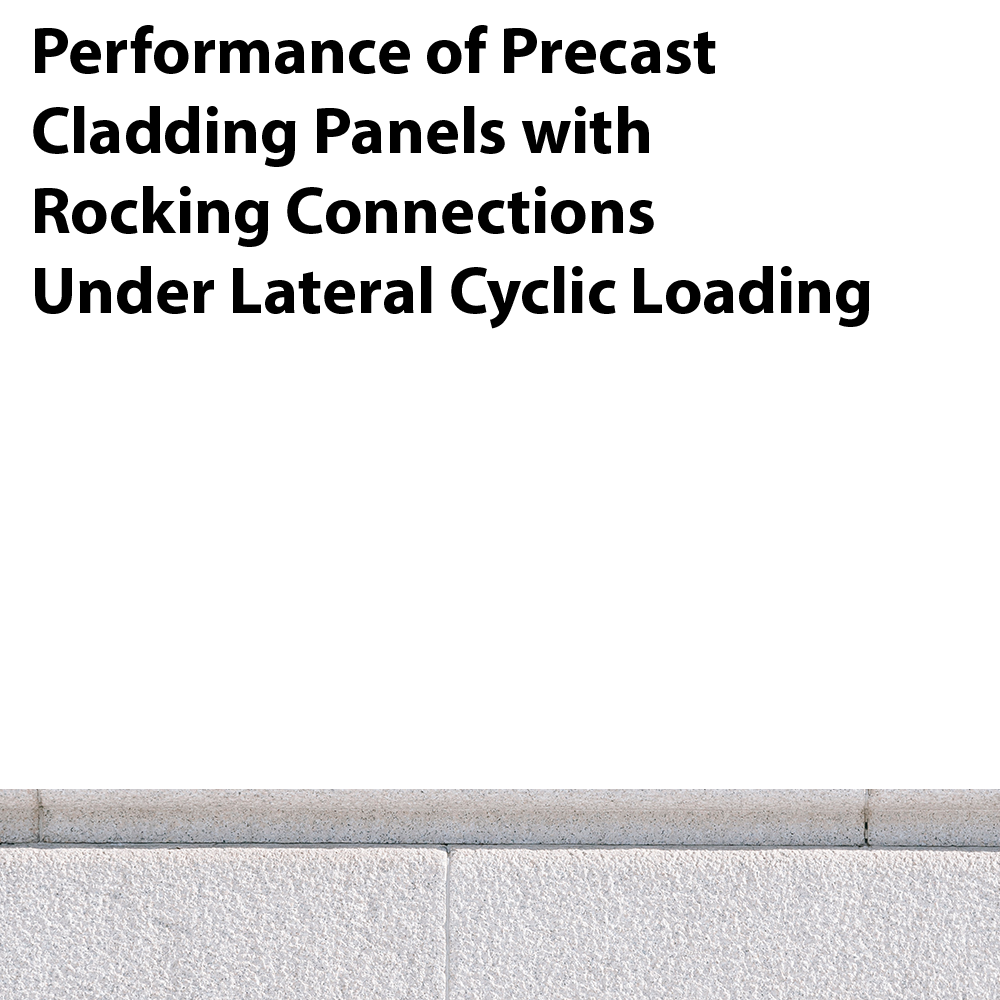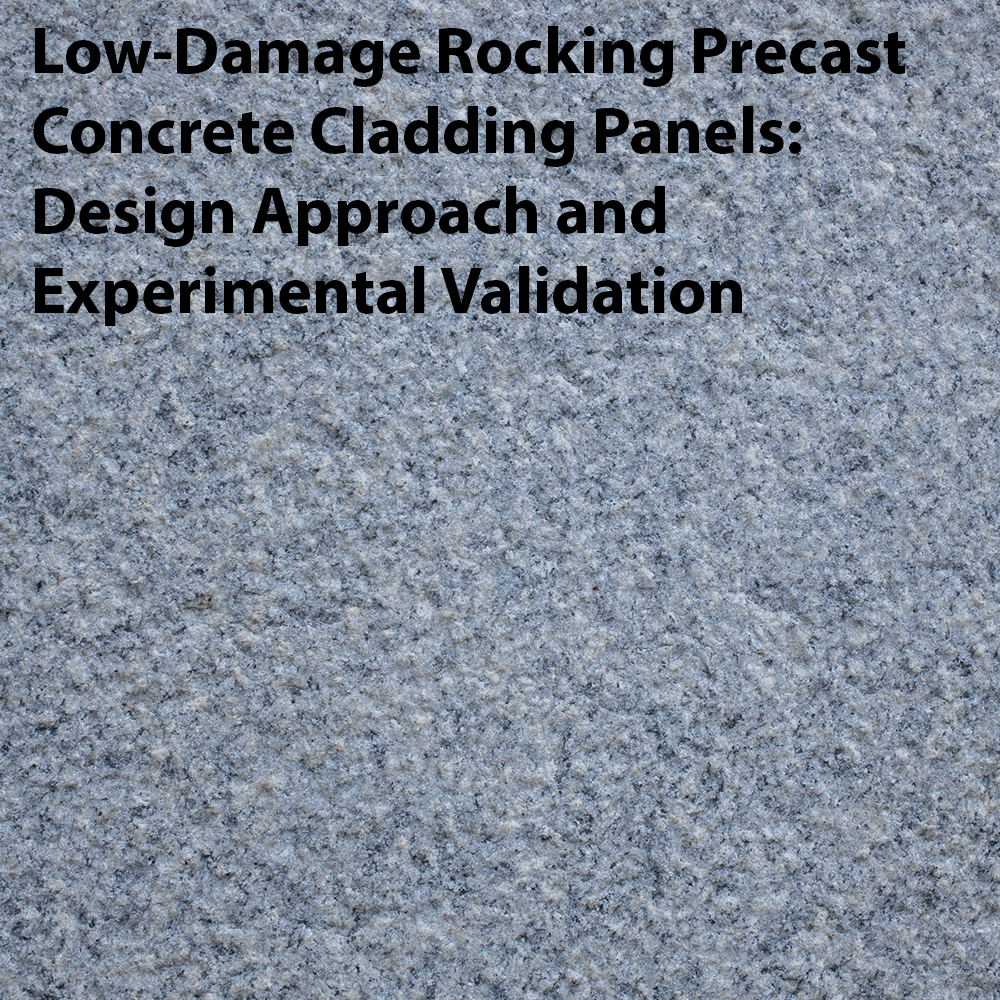Recent studies on non-structural elements (NSEs) in New Zealand have found that there is insufficient knowledge about the seismic performance of NSEs and particularly how this performance impacts their primary
Fire sprinkler piping systems have intricate layouts on building floors that lead to complex distribution of demands in various segments of the system under seismic floor excitation. The New Zealand
This paper reports the seismic performance of two ‘rocking’ internal plasterboard partition wall specimens comprising dual-slot tracks (DST) with a) sacrificial L-trim (SLT) joints and b) boxed end-studs and standard
Fire sprinkler systems damaged during earthquakes can compromise the functionality of a building facility either by loss of fire protection and/or by damage due to flooding. Shake table tests were
This paper identifies the inherent strengths/weaknesses of rigid timber-framed partitions and quantifies the onset drifts for different damage thresholds under a unidirectional quasi-static cyclic loading. It reports construction and testing
The Robust Building Systems (ROBUST) project is aimed at enhancing the seismic resilience of buildings by introducing and validating low-damage concepts for the structural and non-structural elements (NSEs). A three-story,
An automatic fire sprinkler piping system is an essential non-structural element which can have major impacts on both the fire safety and building functionality (e.g. flooding damage) if damaged during
Several concrete cladding panels were damaged during the 2011 Christchurch Earthquakes in New Zealand. Damage included partial collapse of panels, rupture of joint sealants, cracking and corner crushing. Installation errors,
This paper presents the development (concept, design, detailing, and fabrication) and experimental validation of a novel low-damage precast concrete cladding panel system that can accommodate significant inter-story drift demand through
It is now widely recognized that the performance of non-structural elements is crucial to the performance of building systems during earthquakes. Field surveys and experimental studies have shown that light
